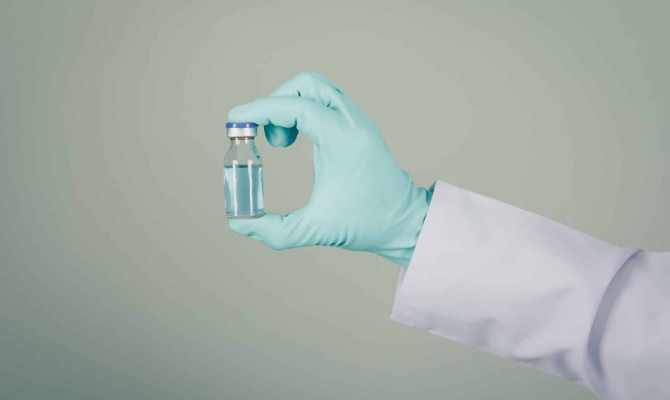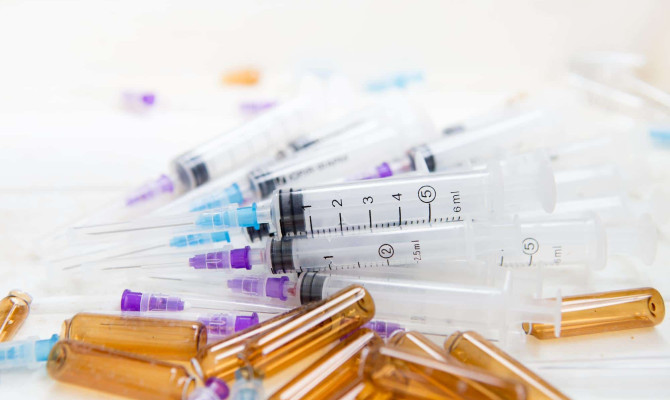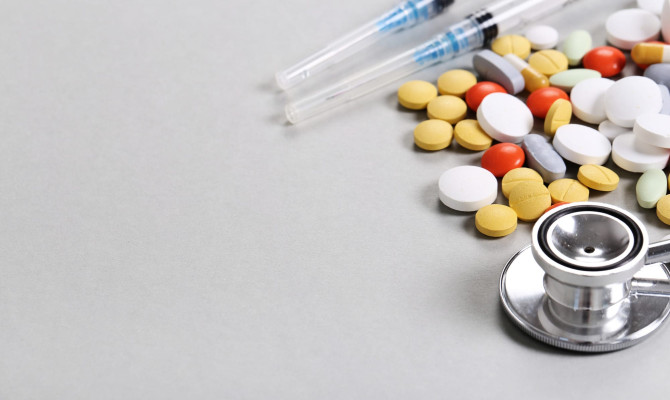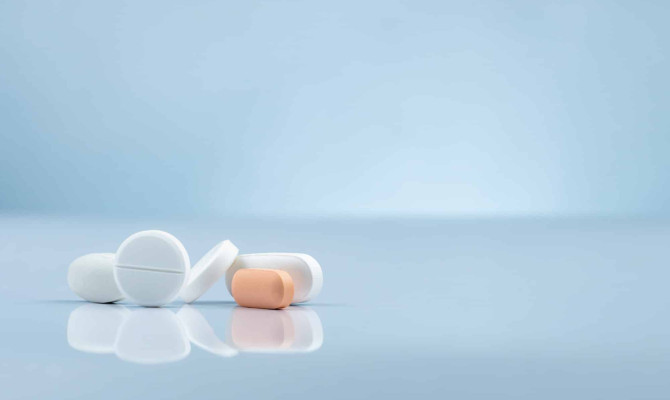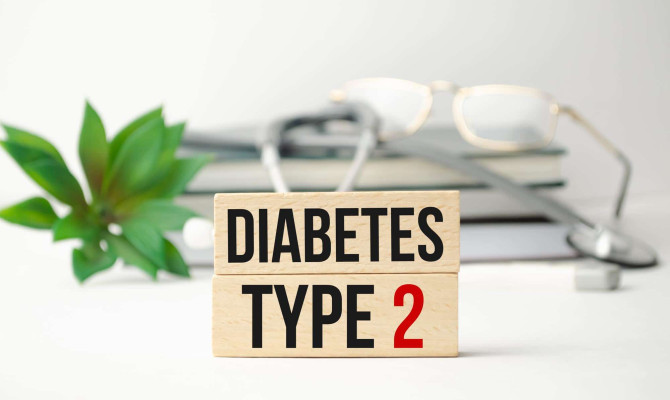Understanding Atorvastatin : Uses, Side Effects and Potential Risks

- Atorvastatin
- 16 Aug 2023
Overview
Overview
The number of cardiovascular disorders, particularly those linked to excessive cholesterol, is rising in today’s fast-paced society, where sedentary lifestyles and poor behaviors are widespread. Medical experts and pharmaceutical companies have been diligently working to create efficient remedies to stop this escalating health problem in light of these worrying data.
One of the drugs that is most often administered worldwide for heart problems is Atorvastatin. The introduction of Atorvastatin, its advantages, and its influence on patient outcomes are all discussed in this article.

Uses
Uses of Atorvastatin
- Lowers cholesterol levels
- Prevents heart diseases including stroke.
- Prevents blockage in the arteries(atherosclerosis)
Atorvastatin is recommended to lower high levels of triglycerides, low-density lipoprotein cholesterol (LDL-C), and total cholesterol. is recommended to lower high levels of triglycerides, low-density lipoprotein cholesterol (LDL-C), and total cholesterol. It can also raise HDL-C, or high-density lipoprotein cholesterol, referred to as “good” cholesterol.
Prevents Cardiovascular events (Heart diseases)
It is frequently used to lower the risk of:
- Heart attacks
- Stroke
- Angina (chest discomfort)
Prevention in high-risk individuals due to several risk factors or those with a history of cardiovascular disease.2Uses| Researched based study from Nlm.nih.gov
Familial hypercholesterolemia management
- To help lower cholesterol levels and lessen the risk of cardiac issues, it is often given to people with familial hypercholesteremia, a genetic condition characterized by high cholesterol levels.
Prevention of atherosclerosis
- It is a buildup of arterial plaque that can cause blockages and reduce blood flow. The medicine aims to prevent the development of atherosclerosis and lower the risk of problems from it.1Uses| Researched based study from Nlm.nih.gov
Side effects
What are the common side effects?
- Muscle aches and pains
- Digestive issues
- Headache
- Allergic reactions
- Difficulty in sleeping
Pain
- Some people may experience muscle discomfort, weakness, or pain while taking the drug.
Gastrointestinal issues
- It may result in issues including nausea, diarrhea, constipation, and stomach discomfort. Typically, these symptoms are minor and short-lived.
Headache
- One relatively frequent adverse effect is headaches. They usually pass on their own and are temporary.
Sleep disruptions
- While using this medication, some people may develop sleeplessness or strange nightmares.
Allergic responses
It can also trigger allergic responses; however, this is uncommon.
- Rash
- Itching
- Swelling
- Extreme vertigo
- Breathing difficulties are possible symptoms.
In such circumstances, it is crucial to seek medical treatment.1Side effects| Researched based study from Nlm.nih.gov
Severe side effects
Even if most of the effects are low and manageable, there is a chance for adverse outcomes. These might include:
Liver issues
- Although rare, it has the potential to harm the liver, the skin turning yellow, jaundice, black urine, and fatigue are symptoms.
- It is often advised to monitor liver function tests regularly.1Side effects| Researched based study from Nlm.nih.gov
Diabetes
- According to data, long-term statin usage may significantly raise the chance of getting diabetes or decrease blood sugar management in those who already have the disease.13Side effects| Researched based study from Nlm.nih.gov
Loss of memory and confusion
- There have been a few isolated reports of disorientation, amnesia, memory loss.
- The risk generally appears minimal, but the connection between statin treatment and these cognitive side effects is poorly understood.1Side effects| Researched based study from Nlm.nih.gov
Rhabdomyolysis
- Rhabdomyolysis is a rare disease connected to Atorvastatin’s most serious adverse effects.
- It is characterized by the breakdown of muscle tissue, which releases chemicals into the bloodstream that may cause kidney damage. If not treated right away, it could be fatal.12Side effects| Researched based study from Nlm.nih.gov
Signs and symptoms of rhabdomyolysis are:
- Severe muscle pain, tenderness, or weakness
- Dark urine indicates the presence of myoglobin (a muscle protein).
- Fatigue or weakness
- Fever
- Nausea or vomiting
- Confusion or disorientation
This condition must be treated promptly to avoid additional kidney and muscle damage. Additionally, hospitalization may be required for management.
Dosage
Dosage of Atorvastatin
The appropriate dosage depends on several variables, such as the medical condition, the medical response, etc.
It might differ from person to person. Therefore, it’s critical to adhere to any directions given by a doctor. The usual dose recommendations are as follows:
Management of high cholesterol levels
- Adults often start with 10 to 20 mg once daily. The highest amount that is advised is 80 mg per day. However, it may be raised gradually.
Preventing cardiovascular disease
- The usual beginning dose is 10 to 20 mg once a day for those with a history of heart disease or those at high risk of cardiac events. Under physician supervision, the dosage may be gradually raised.2Dosage| Researched based study from Nlm.nih.gov
Special populations
- Some people, such as those with liver or renal disease, may require dose changes. Lower dosages might be recommended in certain circumstances.2Dosage| Researched based study from Nlm.nih.gov
- The drug’s active pharmaceutical ingredient (API), atorvastatin calcium, is also available in calcium form.
Timing
When to take Atorvastatin?
- Even though the precise timing may vary depending on personal circumstances, it is frequently advised to take it in the evening. This is because the body produces more cholesterol at night.
- The most effective way to lower cholesterol is to take it in the evening when the body’s natural cycle is in motion.
- It is crucial to remember that several factors affect the time, including the medical condition, other prescriptions, and personal preferences.
- As a result, getting advice on the best time to take Atorvastatin from your doctor or other healthcare professional is crucial. They will consider your particular requirements and provide the advice most suitable for your situation.3Timing| Researched based study from Nhs.uk
Contraindications
Things to consider before using Atorvastatin
In some people, it can be contraindicated or call for greater caution. Here are a few instances:
Hypersensitivity or an allergy
- It is not recommended if a person has a known allergy or hypersensitivity to Atorvastatin or its components.1Contraindications| Researched based study from Nlm.nih.gov
Active liver disease
- Its usage may raise the risk of liver damage because it is mainly metabolized in the liver. Patients with active liver disease or high liver function tests (LFTs) should typically avoid it.1Contraindications| Researched based study from Nlm.nih.gov
Severely impaired kidneys
- It is excreted from the body through the kidneys. Therefore, those with severe renal disease may need to change how they use it. There might need to be close observation.4Contraindications| Researched based study from Nlm.nih.gov
Pregnancy and breastfeeding
- As it can pose risks to the developing fetus or nursing child, it is typically not advised during pregnancy or when nursing. In these situations, other therapeutic alternatives must be taken into account.5Contraindications| Researched based study from Nhs.uk
Interactions
Interaction with medicines
Cyclosporine
- It may raise the blood levels of Atorvastatin, increasing the risk of adverse consequences. Monitoring closely and possible dosage modifications may be required.7Interactions| Researched based study from Nlm.nih.gov
Protease inhibitors for HIV
- The blood levels of Atorvastatin can be raised by medications like ritonavir and saquinavir, increasing the risk of adverse effects.6Interactions| Researched based study from Nlm.nih.gov
Antibiotics with macrolides
- The blood levels of Atorvastatin can be raised by macrolide antibiotics like erythromycin and clarithromycin, thereby increasing the risk of adverse consequences. Your doctor might modify the dosage or look into alternate antibiotics.9Interactions| Researched based study from Nlm.nih.gov
Antifungal medicines
- Several antifungal medications, including ketoconazole and itraconazole, might raise the blood levels of Atorvastatin, raising the possibility of adverse side effects.10Interactions| Researched based study from Nlm.nih.gov
Anticoagulants such as warfarin
- Warfarin or other anticoagulants may be increased, raising the risk of bleeding. If these drugs are taken simultaneously, monitoring the clotting parameters closely is crucial.8Interactions| Researched based study from Nlm.nih.gov
Grapefruit juice
- Its levels in the blood may rise due to this potentially interfering with the medication’s metabolism.11Interactions| Researched based study from Nlm.nih.gov
Takeaway
Takeaway tips
- It is a common medicine that is administered to lower cholesterol levels.
- But it’s critical to be aware of any possible adverse effects. Although the majority of individuals tolerate it well, it’s necessary to discuss any worries or symptoms with your doctor.
- To guarantee the safe and effective use of the medication and to safeguard your heart health, always remember to follow the directions precisely and to schedule routine checkups.
Any feedback on this article?
 This Articles content was accurate
This Articles content was accurate Very Informative Article
Very Informative Article I have a question or a comment
I have a question or a comment
 This article contains inaccurate content
This article contains inaccurate content This article was not helpful
This article was not helpful I have a question or a comment
I have a question or a comment
We appreciate your helpful feedback!
Checkout our social pages
References
-
National Library of Medicine
Atorvastatin | Uses | Adverse effects
-
National Library of Medicine
Efficacy of alternate-day versus everyday dosing of atorvastatin | Uses | Dosage
-
National Health Service
How and when to take atorvastatin | Timing
-
National Library of Medicine
Effects of atorvastatin on renal function in patients with dyslipidemia and chronic kidney disease: assessment of clinical usefulness in CKD patients with atorvastatin (ASUCA) trial | Contraindications
-
National Health Service
Pregnancy, breastfeeding and fertility while taking atorvastatin | Contraindications
-
National Library of Medicine
Influence of Drug–Drug Interactions on the Pharmacokinetics of Atorvastatin and Its Major Active Metabolite ortho-OH-Atorvastatin in Aging People Living with HIV | Interactions
-
National Library of Medicine
Effect of atorvastatin on cyclosporine pharmacokinetics in liver transplant recipients | Interactions
-
National Library of Medicine
Rhabdomyolysis due to warfarin and atorvastatin combination therapy in a patient with ischemic heart disease: (A drug interaction) | Interactions
-
National Library of Medicine
The clinical significance of statins-macrolides interaction: comprehensive review of in vivo studies, case reports, and population studies | Interactions
-
National Library of Medicine
Antifungal effect of Atorvastatin against Candida species in comparison to Fluconazole and Nystatin | Interactions
-
National Library of Medicine
Grapefruit Juice and Statins | Interactions
-
National Library of Medicine
Statin-Induced Rhabdomyolysis: A Comprehensive Review of Case Reports | Side effects
-
National Library of Medicine
Statin-induced diabetes: incidence, mechanisms, and implications | Side effects












